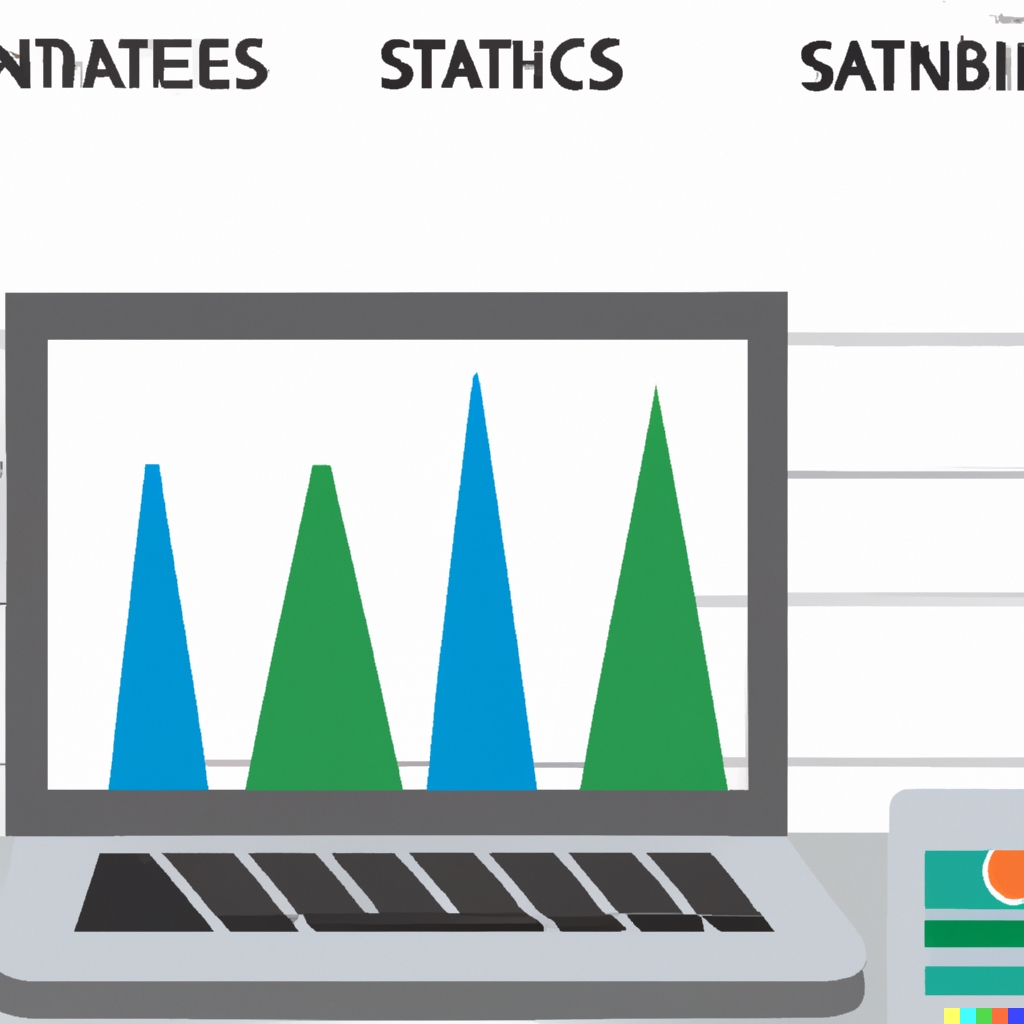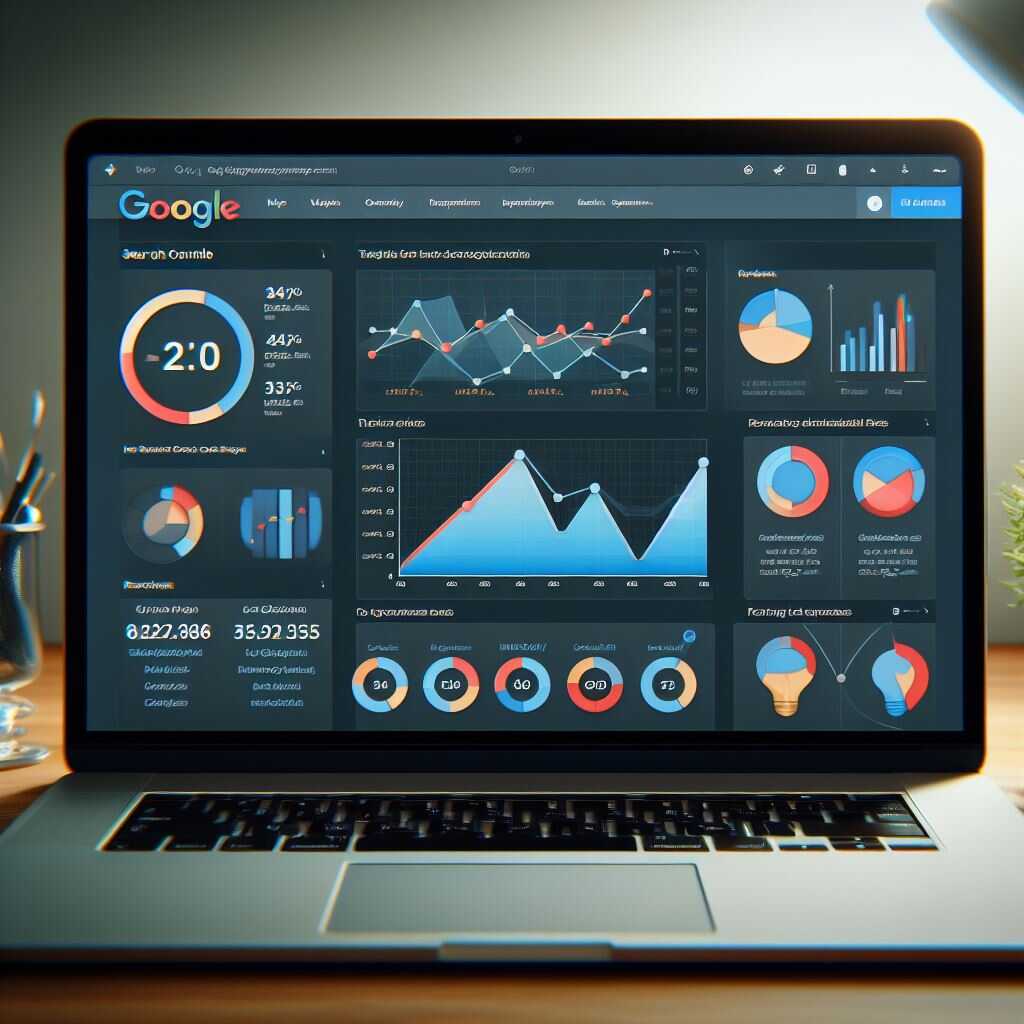Identifying and fixing broken links and 404 errors is crucial for optimizing your website’s SEO. These issues can negatively impact user experience and search engine rankings, making it essential to address them promptly. At Metrics Rule, we specialize in technical and on-page SEO in Vancouver, helping you enhance site authority and maintain an efficient website. By effectively managing these problems, you can improve your site’s visibility and ensure a better experience for your visitors.
Understanding the Impact of Broken Links on SEO and User Experience
Broken links and 404 errors can severely undermine your website’s authority and overall SEO performance. These issues create a frustrating user experience, leading visitors to perceive your site as unreliable. Search engines evaluate websites based on factors like reliability and user satisfaction. When your site has many broken links, it fails to provide a seamless experience, which can negatively affect its rankings in search results.
Why Maintaining a Healthy Link Structure is Essential for SEO
Maintaining a healthy link structure is essential for enhancing your website’s SEO performance. A clean link profile ensures that search engines can crawl your site efficiently, improving indexing and helping your pages rank higher. Regularly auditing for broken links allows you to address these issues proactively, ensuring users encounter reliable, functional pathways throughout your website. By checking the quality of your links, you enhance user experience, thereby increasing dwell time and reducing bounce rates, which are critical metrics for search engines like Google and Bing.
Identifying Common Causes of Broken Links and 404 Errors
Broken links and 404 errors often happen due to several factors. One of the most common reasons is server issues. This includes problems like server downtime or misconfigurations. Changes in website structure, such as removing or renaming pages, can also lead to broken links. Outdated content is another significant cause, especially when resources are moved or deleted without proper redirects. Recognizing these causes allows website owners to establish preventive measures, ensuring a more reliable user experience and improving site authority.
Understanding the Impact of Server Issues on Broken Links
Server issues can severely impact website reliability and the occurrence of broken links. When a server is down or experiences misconfigurations, users may encounter 404 errors when they attempt to access specific pages. This can happen due to host failures or maintenance activities. Regular testing and monitoring of server performance can provide critical insights and help promptly identify issues. Establishing a proactive maintenance schedule is essential for minimizing downtime and maintaining optimal site health. By ensuring server reliability, website owners can enhance their SEO efforts and deliver a consistently great user experience.

Effective Tools for Identifying Broken Links and 404 Errors
There are several reliable tools available for identifying broken links and 404 errors on your website. Tools like Screaming Frog SEO Spider, Ahrefs, and Google Search Console are popular choices. They provide comprehensive site crawling capabilities, ensuring that any broken links are highlighted efficiently. User reviews indicate these tools effectively enhance site maintenance by delivering detailed reports on URL statuses. Typically, these tools compare well in efficiency, though Screaming Frog excels in offering granular control over site audits. On average, these tools can complete a site scan within a matter of minutes, making them essential for ongoing website monitoring.
Comparative Analysis of Top Tools
When exploring SEO auditing tools, features are vital for determining the best option for your needs. Screaming Frog offers advanced crawling options, making it suitable for larger sites, while Ahrefs provides in-depth backlink analysis. Google Search Console is excellent for its integration with other Google services, enabling quick 404 error detection. Each tool’s performance can vary depending on site size and complexity, but they all serve as effective website maintenance tools. By comparing reviews and experiences, website owners can choose the best tool that aligns with their specific SEO objectives, ensuring robust technical optimization and increased site authority.
Numerical Insights on Website Issues
- Approximately 404 errors can appear on any website, affecting user experience.
- Studies show that sites with broken links can lose up to 30% of their traffic.
- About 70% of users say they leave a site that has a broken link.
- Regular scans can identify broken links and errors, often detecting 10-20% of a site’s links.
- Search engines recommend fixing errors promptly; delays can hurt ranking within weeks.
- Over 50% of website visitors expect pages to load within 3 seconds or less.
- Fixing broken links can improve overall site health, leading to a more effective SEO strategy.

Comprehensive Step-by-Step Guide to Fixing Broken Links
Identifying and fixing broken links is essential for a reliable and high-performing website. To begin, you can use tools like Google Search Console or Screaming Frog SEO Spider to uncover broken links. After identifying them, you have a few options: update the link with a working URL, create a 301 redirect to a relevant page, or completely remove the link. Regularly checking approximately 30-50 links every 6 months can help maintain site health. Additionally, reviewing your key content aligns with SEO performance improvement, ensuring that users benefit from updated, relevant links.
Essential Tools for 404 Errors Resolution
Numerous tools can significantly enhance your efficiency in resolving 404 errors. Google Search Console offers valuable insights into crawled pages and broken URLs. Other great tools include Ahrefs, which provides a detailed site audit feature, and Broken Link Checker, designed for quick identification. Moreover, incorporating automated link checkers can streamline your website maintenance by alerting you about broken links in real-time. Using these tools not only improves your website’s performance but also ensures a reliable user experience.

Strategies for Handling 404 Errors Effectively
To effectively manage 404 errors, website owners should focus on creating custom 404 pages that maintain user engagement. These pages should not just inform users that the page they are looking for isn’t available, but provide alternative navigation options, relevant links, and a friendly message. Using analytics and user feedback can greatly enhance the error handling process, as it allows for reliable testing of what users are looking for when they encounter a broken link. It’s proven that a well-designed 404 page can prevent significant traffic loss by guiding users toward other useful content, ultimately improving the overall user experience.
Best Practices for 404 Error Pages
Implementing best practices for 404 error pages can significantly improve user experience and retain website traffic. A custom 404 page should include a search bar, links to popular pages, and a navigation menu to help users find their way. It’s essential to provide a friendly message that encourages users to continue exploring the site. Analytic tools can track user behavior on these error pages, enabling website owners to adjust strategies over time. Enhancing the 404 pages with relevant content not only improves user engagement but also positively impacts SEO, ensuring that users have a reliable and efficient experience even after encountering errors.
Positive Outcomes of Resolving Digital Link Issues
- Improved user experience leads to increased visitor satisfaction and retention.
- Fixing broken links can boost the credibility and authority of a website.
- Effective management of errors can positively affect search engine rankings.
- Analytics show that healthy links can lead to higher conversion rates.
- Resolving issues promotes better website indexing by search engines.
- Fewer errors mean reduced bounce rates, making your site more appealing.
- Users trust sites that maintain functional and clean link structures.

Proactive Measures to Prevent Broken Links in the Future
To ensure link integrity management on your website, implementing best practices is essential. First, set a regular audit schedule for your website to review links frequently. This can be monthly or quarterly, depending on your site’s size and update frequency. Utilizing automated monitoring tools will enhance link management efficiency. These tools provide alerts for broken links, enabling you to fix issues promptly. Regular content management best practices, such as updating or redirecting outdated pages, also play a critical role in maintaining reliable links. This proactive approach will significantly reduce the occurrence of broken links and 404 errors.
Effective Tools for Link Monitoring
Employing effective tools for link monitoring is crucial for ensuring your website’s health. Tools like Google Search Console and Screaming Frog SEO Spider are designed to provide real-time insights into your site’s link structure. These tools offer comprehensive audits by analyzing your website’s performance in crawling and indexing, giving a detailed report on broken links. By integrating these automated monitoring tools, you increase the efficiency of your link management strategy. For instance, Google Search Console highlights issues directly connected to your sitemap, allowing for swift rectification. As a result, you’ll enhance your site’s search engine visibility and overall user experience.
Rebuilding Site Authority After Addressing Broken Links
After fixing broken links and 404 errors, website owners can enhance their site authority by employing several effective strategies. First, creating and promoting high-quality content helps rebuild user trust. This content should be informative, engaging, and aligned with user needs. Secondly, ensure that all internal links are functional and relevant, as this strengthens the overall site structure, improving crawling and indexing in search engines like Google and Bing. It’s also beneficial to encourage user engagement through reviews and feedback, further establishing the site’s credibility. Typically, website owners can expect improvements in site authority over the course of a few weeks, depending on the consistency of their efforts and the quality of their optimizations.
Effective Techniques for Restoring Trust in Your Website
To effectively restore trust in your website, focus on transparency and communication with your audience. Regularly update users about fixes implemented, especially concerning accessibility and content quality. Incorporate social proof, including testimonials and case studies, to illustrate your site’s reliability and what others have experienced. Additionally, conduct regular performance testing of all website elements, ensuring that they are not only functional but also provide a reliable service. An audit of your SEO performance metrics will provide essential data that can be used to enhance your site continuously. Engaging with feedback and making necessary adjustments quickly can help expedite the rebuilding of your site’s authority.
Brands and Use Cases in Digital Link Management
- Ahrefs helps users identify broken links easily but can be pricey for small businesses.
- Broken Link Checker provides a free tool but may lack advanced monitoring features.
- Screaming Frog is popular among SEO specialists for its depth but requires tech knowledge.
- Google Search Console is essential for all webmasters but only offers basic link tracking.
- SEMrush combines competitive analysis with link tracking, but may overwhelm beginners.
- Website owners and SEO managers need these tools to maintain a healthy site.
- Content creators benefit from these tools to ensure their links remain functional and credible.
Essential Resources for Continuous Link Maintenance
To maintain a healthy website, consider using tools like Screaming Frog, Ahrefs, and Google Search Console. These essential resources provide ongoing link monitoring and make identifying broken links and 404 errors easier. By using a combination of these services, you can enhance your SEO and ensure your site remains authoritative. Many users find it helpful to use tools that provide daily scans for broken links, thereby improving reliability and overall site performance.
Best Practices for Continuous Link Monitoring
Implementing a routine check for broken links is vital for effective SEO health management. Most experts recommend testing your website at least once a month. Tools like SEMrush and LinkChecker can handle scheduled scans, giving you regular data on link integrity. Additionally, consider integrating these checks into your e-commerce or content management systems. This integration ensures that you can address issues quickly, thus enhancing user experience and keeping your site in good standing with search engines like Google and Bing.
